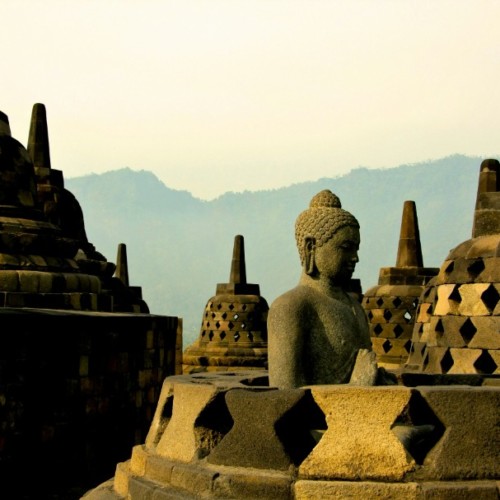History of Borobudur Temple
Borobudur Temple is one of the largest and most magnificent Buddhist monuments in the world. Known as a symbol of architectural and cultural artistry from the past, Borobudur Temple boasts a rich and profound history, reflected in every stone and relief it holds.









